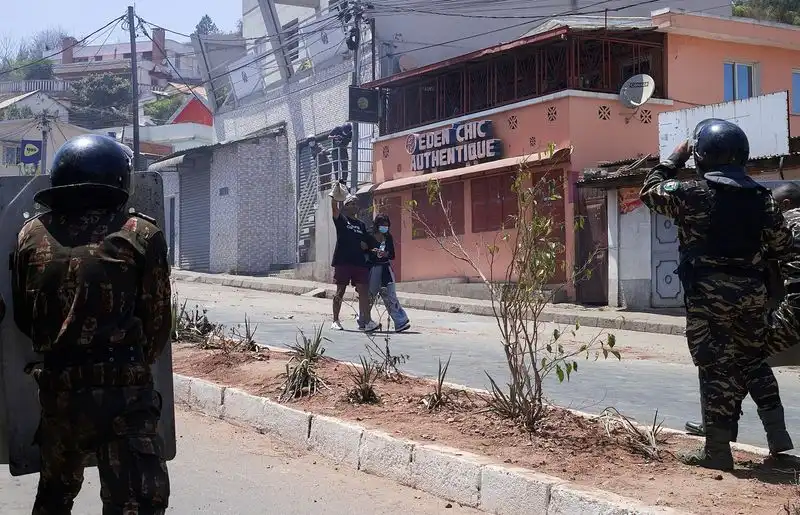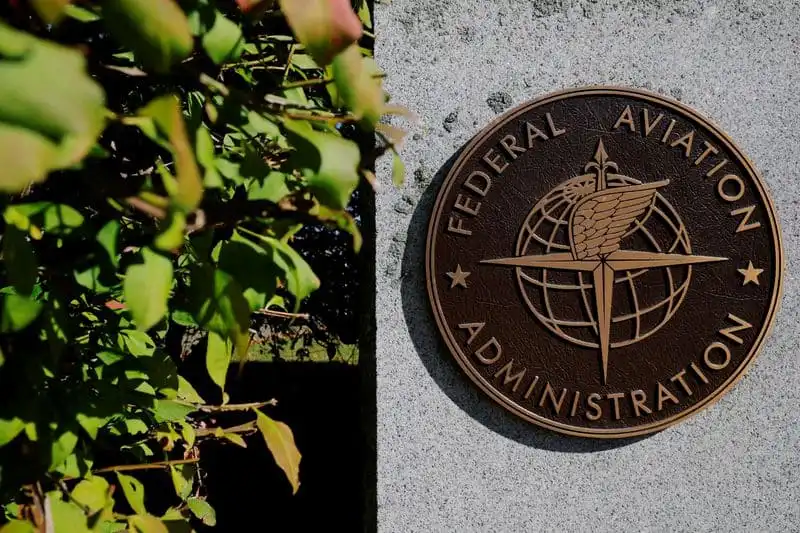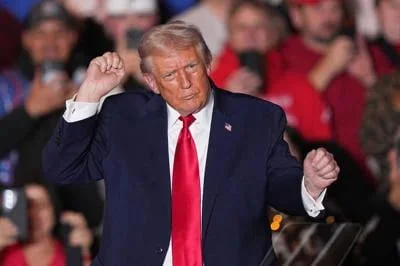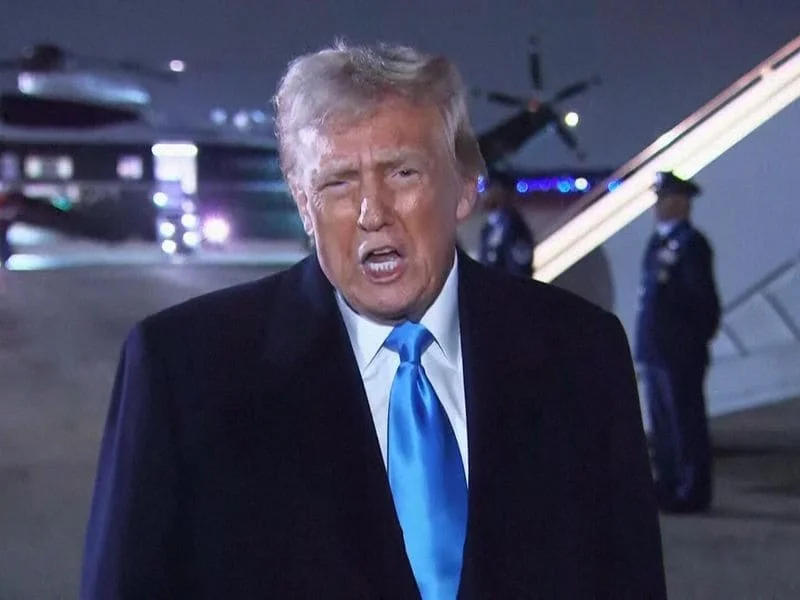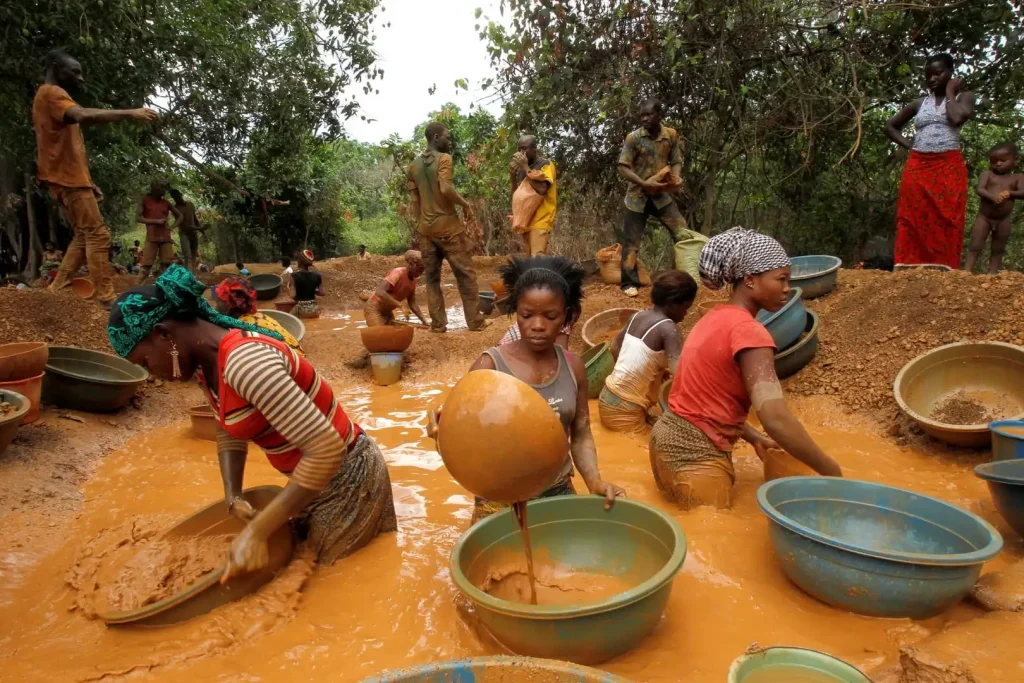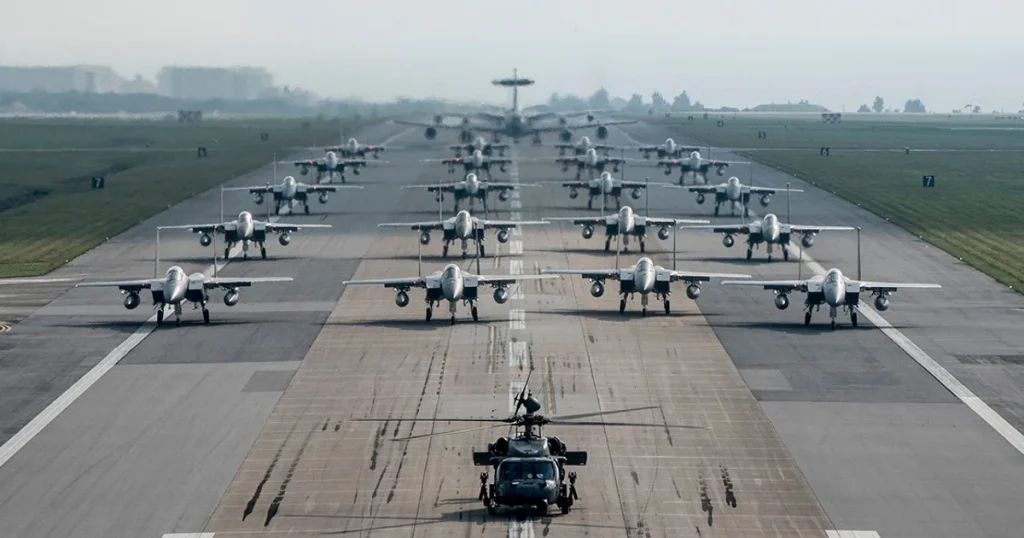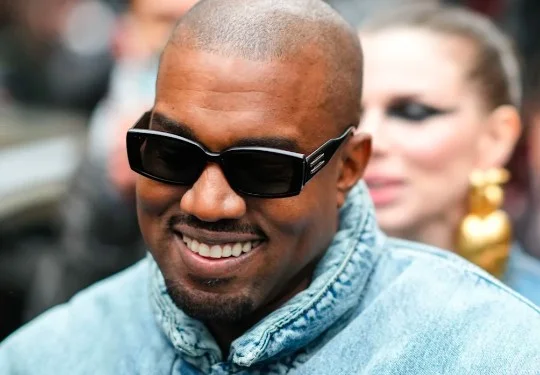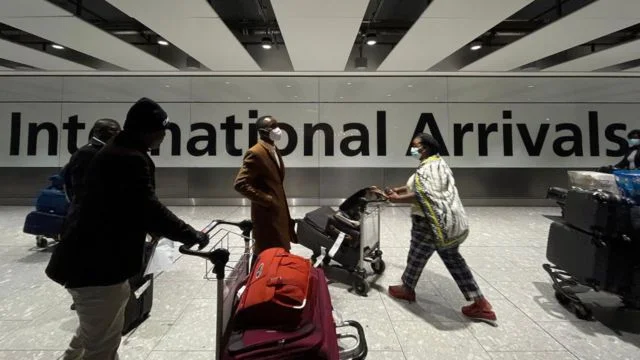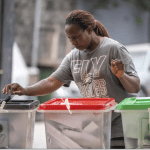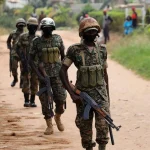Protests erupted in Madagascar on September 25, 2025, following President Andry Rajoelina’s decision to dismiss Prime Minister Christian Ntsay and his cabinet on September 29.
Despite demands for his resignation, Rajoelina shows no intent to step down.
Protest Triggers
Demonstrators, amplified by social media, are rallying against frequent power outages, water shortages, and widespread poverty.
Many protesters adopt symbols inspired by global youth movements, voicing frustration over deteriorating public services.
Clashes and Casualties
The UN human rights office reported 22 deaths and over 100 injuries, attributing the toll to heavy-handed security responses.
Madagascar authorities challenge these numbers but have not provided their own figures.
Curfews Enforced
A nighttime curfew remains in effect in Antananarivo and other cities to curb the unrest, which continues to disrupt daily life across the nation.
Economic Context
With a population of 31 million, Madagascar faces rising urban poverty, fueling anger toward Rajoelina, who has led since 2019 and won a controversial re-election in 2024.
Why It Matters
The protests highlight deep dissatisfaction with governance and basic service failures, posing a challenge to Rajoelina’s leadership and national stability.
What’s Next
As tensions persist into October 2025, the government’s response to the unrest and public demands will shape Madagascar’s political future.
————————————————————

